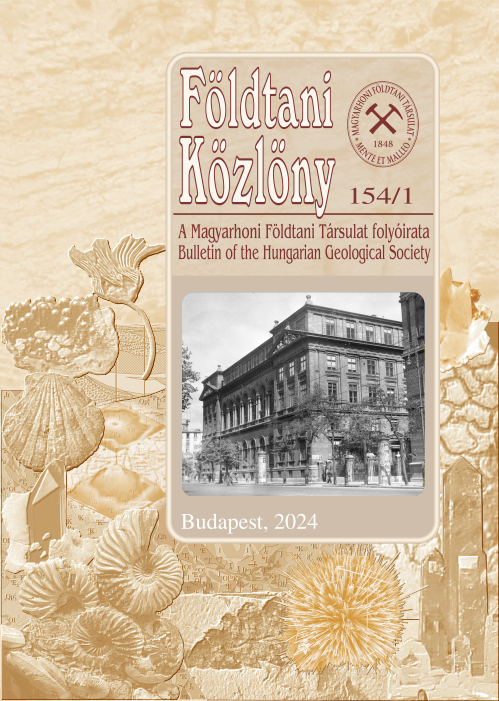Sedimentation and erosion in the recent channel of the Tisza: integrated study methods
Abstract
The aim of the study was to characterize the recent sedimentation on the middle part of the Tisza
River by using new, combined methods and datasets. The ultra-high resolution shallow water seismic
profiles acquired along the Tisza between Martfű and Kisköre provide the database for the geological
interpretation. Two horizons - the recent river floor and the base of the unconsolidated sediments - were
depicted and digitalized along more than 100 kms segment of the Tisza in order to show the occurrence
and to quantify the morphology of the unconsolidated sediment.
The seismic profiles demonstrate that a great amount of unconsolidated sediment is present on the
riverbed. These are arranged parüy in sandy dunes with variable size and form on the floor, the fiat
riverbed is covered by less - most likely fine-grained sediment. Along the half of the track of the seismic
sections there is no deposition. Otherwise the sediment is mostly distributed evenly in an average
thickness of 1-2 m, forming mainly positive morphological forms on the bed.
The thickness of the unconsolidated sediment was printed on detailed digital maps. Most of the
positive morphological elements were interpreted as underwater parts of recent pomtbars. The lateral
shifting of the channels was strongly influenced by the hydro-dynamical changes induced by the
regulation-cut-offs: in generál the sinuosity increased on segments affected by regulations. The form and
size of the channel-cross sections are alsó changed significantly, particularly during the first 40-60 years
following the regulation works. Majority of the channel-cross-sections showed deepening and
narrowing.











